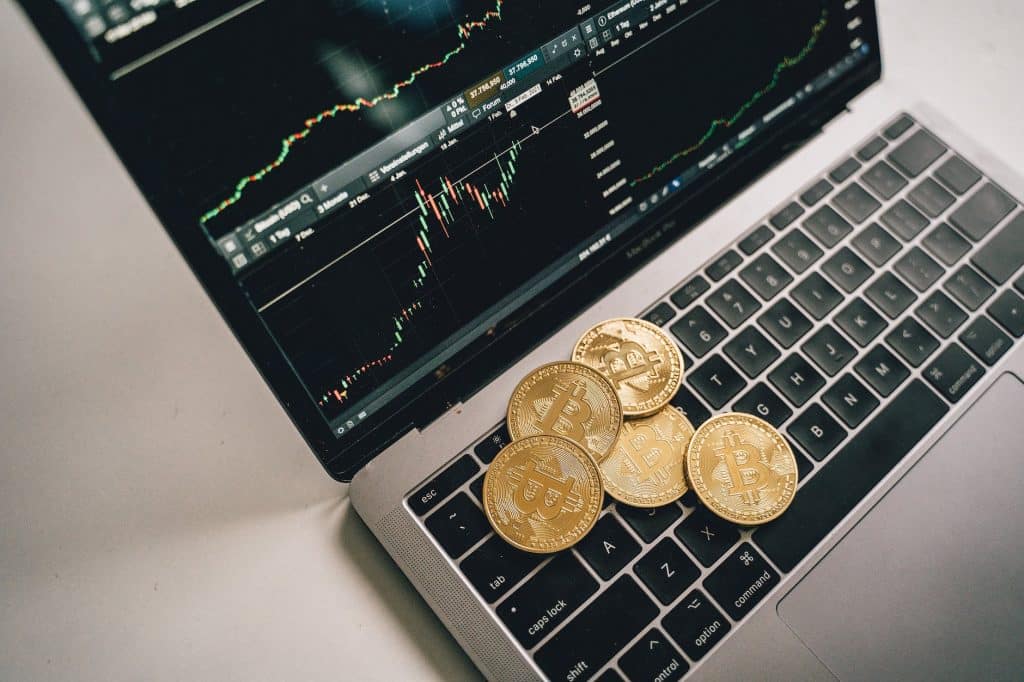Understanding Leverage in Forex Trading

Forex trading is an exciting and potentially lucrative investment avenue. Among the many features that make it appealing is the concept of leverage. If you’re a beginner in Forex trading, you might have heard this term thrown around quite a bit, and for good reason. Leverage plays a crucial role in trading, especially in the world of Forex. Let’s delve into this concept and understand what leverage is and how it works in Forex trading.
What is Leverage?
In simple terms, leverage is borrowed capital that allows a trader to take on larger positions than their account would allow. It is a strategy that can greatly magnify profits, but it comes with a high level of risk. In Forex trading, leverage is expressed as a ratio, such as 1:100, meaning that traders can trade 100 times the amount of their deposit.
How Does Leverage Work in Forex Trading?
To understand how leverage works in Forex trading, consider this example.
Suppose you have $1000 in your trading account and you’re trading without leverage. If the exchange rate for a currency pair increases or decreases by 1%, your gain or loss would be 1% of your balance, which is $10.
However, if you decide to apply leverage of 1:100, the scenario changes. With this leverage, your $1000 can control $100,000. Thus, if the exchange rate increases or decreases by 1%, your gain or loss would be $1000, 100 times greater than without leverage.
The Benefits and Risks of Leverage
The main advantage of leverage in forex trading is that it allows traders to maximize potential profits, even with a small initial deposit. This means that traders with limited capital can potentially achieve significant returns.
However, leverage is a double-edged sword. While it can magnify profits, it can also amplify losses. Following the example given, if the market moves against you, you can potentially lose $1000, which is your entire trading balance. Therefore, it’s crucial to manage your risk carefully when using leverage.
Risk Management and Leverage
To mitigate risks, it’s vital to have a strong risk management strategy in place when using leverage. This can include setting stop loss and take profit levels to automatically close positions if the market moves significantly in your favor or against you.
Furthermore, traders should use leverage judiciously. Just because a high level of leverage is available doesn’t mean it’s prudent to use the maximum level. Beginners, especially, should start with lower leverage in forex trading levels to limit potential losses while they learn to navigate the market.
Conclusion
Leverage can be a powerful tool in forex trading, allowing traders to magnify their trading profits. However, it should be used wisely and responsibly, as it can also magnify losses. With an understanding of how leverage works and a solid risk management strategy, traders can potentially reap significant benefits from leveraged forex trading.
Remember, trading involves risk and isn’t suitable for everyone. Don’t risk more than you can afford to lose, and consider getting professional advice before plunging in.
Trading in Forex requires knowledge, discipline, and a deep understanding of the dynamics of the market. Leverage is just one of the many tools that can help pave your path to success. As with all tools, the key is in knowing how to use it effectively and responsibly.

